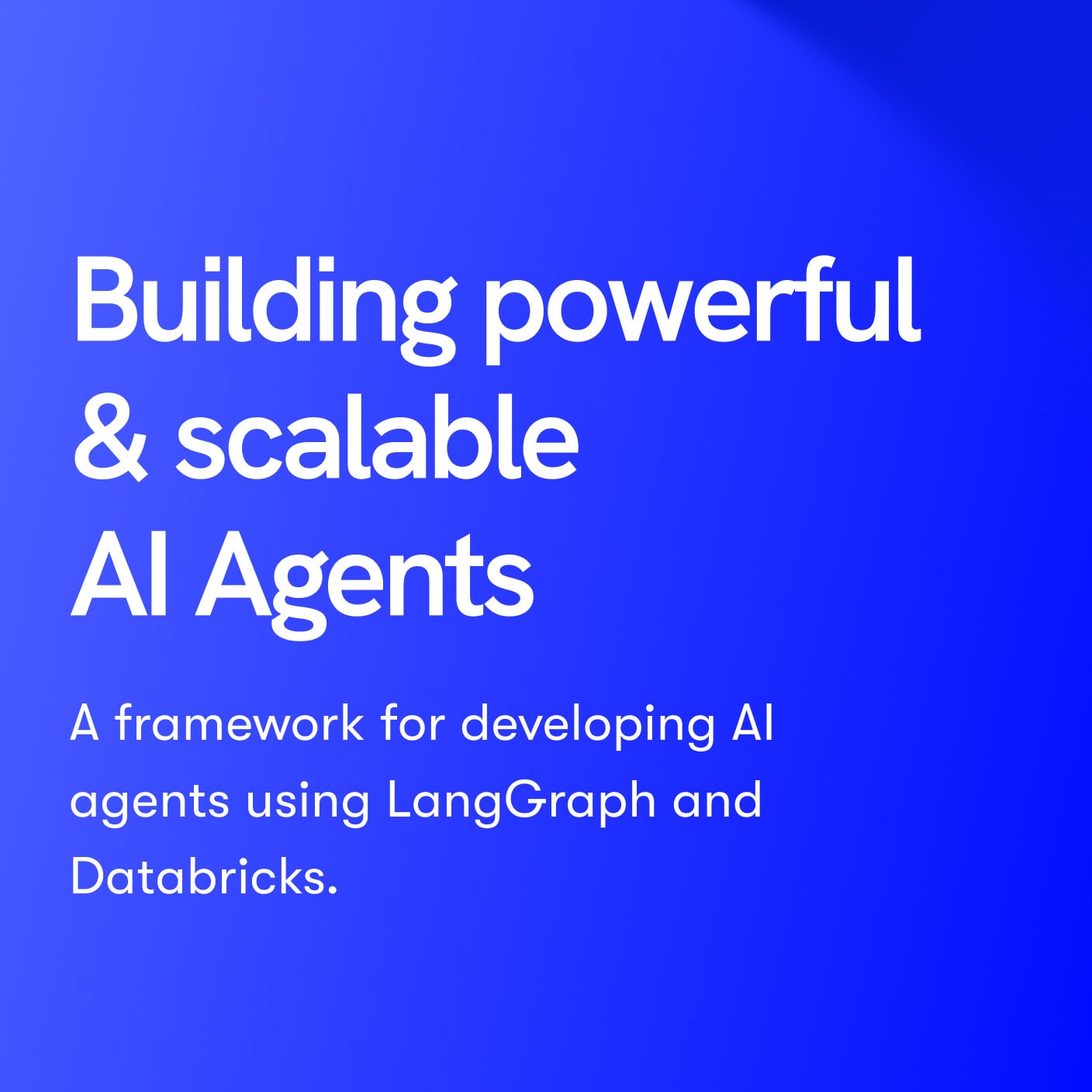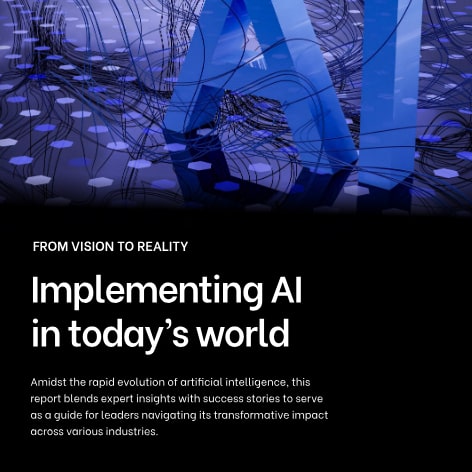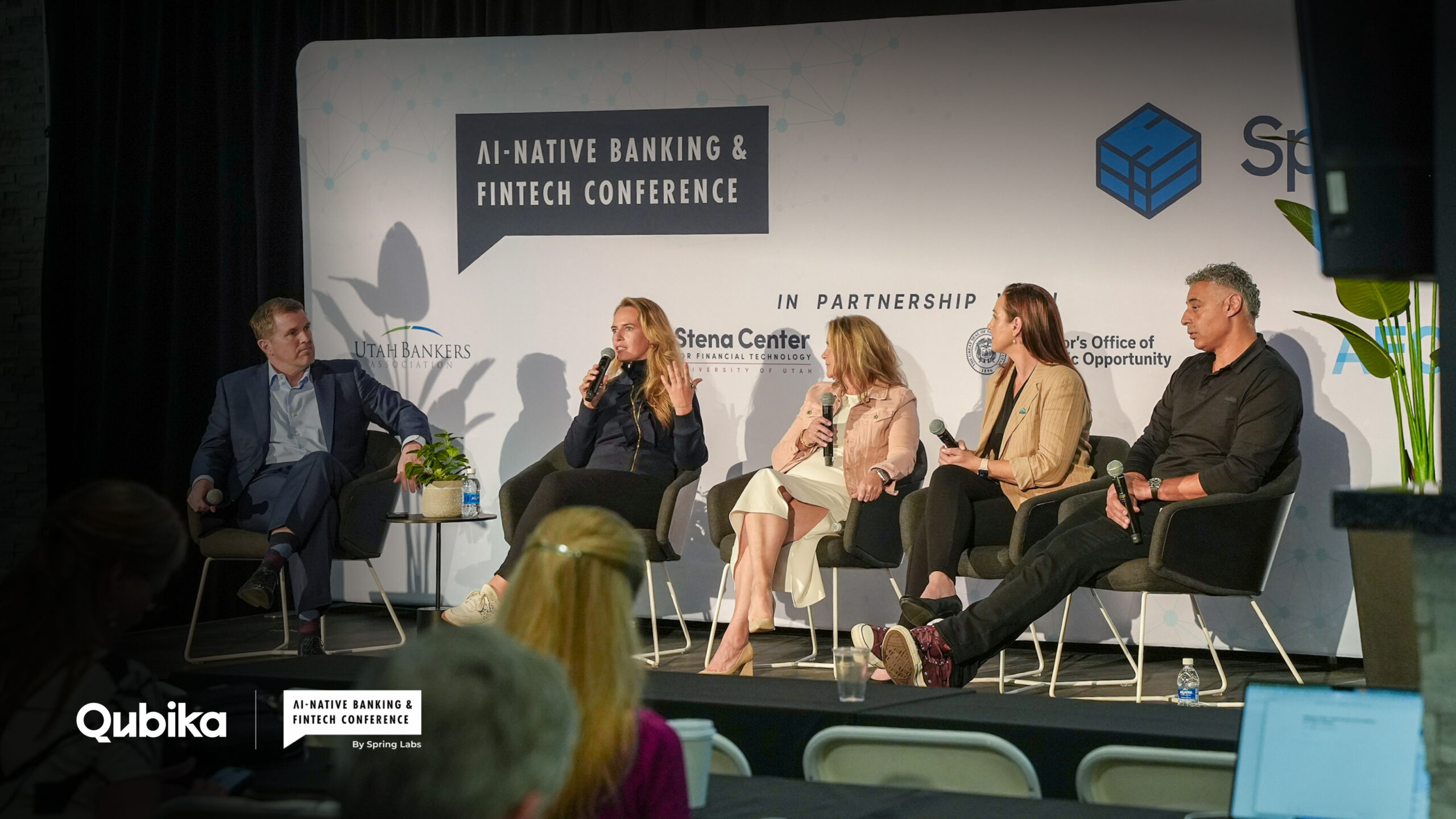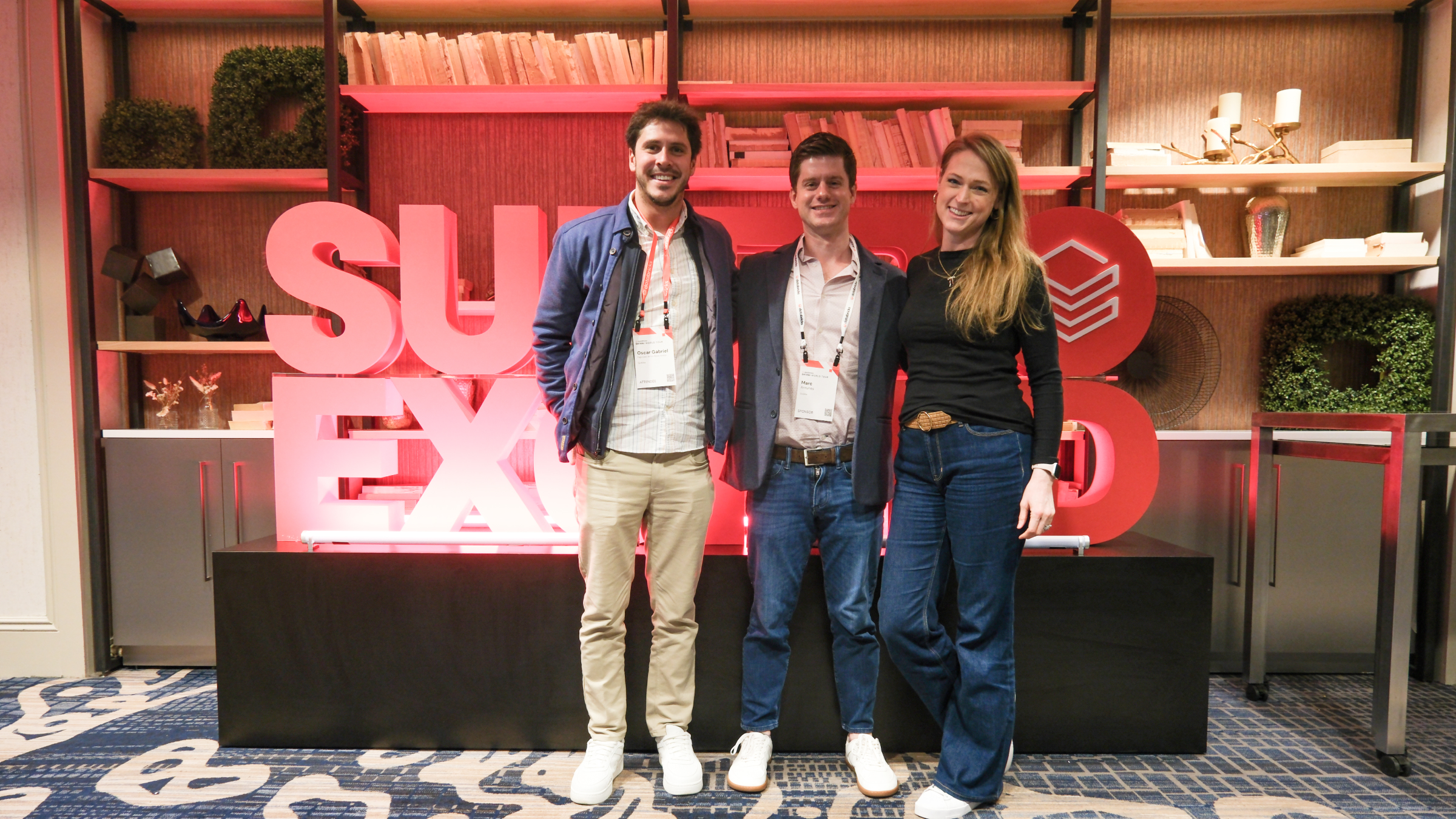Intuition and experience will only take you so far when building user experience designs in your product. User research is vital to the development and long-term success of your product.
To optimize your research budget, an experienced UX researcher will consider your product’s life cycle stage and your goals when developing a research strategy. A typical product goes through four stages during its lifetime:
- Introduction
- Growth
- Maturity
- Decline
This product life cycle assumes you’ve already built your product, so it starts with you introducing your new product to the market. However, if you don’t have a product yet, you need to spend some time planning and building it first. At this initial stage is where the importance of carrying UX research comes into play, despite being a methodology that can be applied during all stages of the product life cycle.
Defined as the methodical study of a specific group or target users to solve specific problems, find crucial information and design opportunities, UX research is a methodology and a set of tools that aids the design process while providing the essential foundation that allows for the creation of a design strategy. UX research not only helps founders and entrepreneurs create the best products, but, most importantly, provides data that serves as a great resource for making informed decisions, thus creating products that are truly relevant for your users.
Following the old UX maxim that states that “You are not your user”, UX research stems from the common thread that we should spend time with our users to understand them. Despite there being many different user research techniques, conducting these activities is essential to identify, address and deconstruct our own biases and misconceptions about our product and user base, which could be otherwise detrimental to our success, in terms of user adoption. Since this methodology allows one to get a deep understanding of a products’ user base, it helps in the discovery of valuable feedback and commentary on a product, especially if it’s something new, still to be launched or a product that still doesn’t have an established user base.
To create products that both truly satisfy user’s needs and are visually appealing, we first need to research who our target audience is and what their wants, needs and wishes are. In turn, you’ll need a UX researcher that will collect, study and analyse users data to enrich your product’s design process. Their role is key in this process since they’re the ones in charge of acquiring vital information that will then translate into important decisions related to your project.
In this article, we’ll discuss common types of quantitative and qualitative research studies and the best stage in your product’s life cycle to use each of these testing methods. Taking into account that every product has its own unique set of features, there are multiple User experience research methods that can be combined in every step of a products’ life cycle. For example, there are qualitative and quantitative studies into a comprehensive research strategy. Qualitative data is descriptive — think demographics, colors, feelings, location, etc. By contrast, quantitative data provides numerical metrics, e.g., 36 seconds is the average time on page, 70% of users require feature Y, 30% of new users skip onboarding, etc.
But before deep-diving into the multiple user experience research methods that can be implemented in every step of a products’ life cycle, we’ll briefly mention what a UX researcher is, what their main tasks are, and why their role is so important in the design thinking process.
What is a UX researcher?
UX researchers are the ones in charge of carrying out UX research and are clearly a vital element of the whole Design Thinking process. They possess a distinctive set of skills that allows them to easily communicate and collaborate with different teams and stakeholders so as to create the best product, mainly since they are the players in charge of understanding user’s expectations, goals, frustrations, and reasoning process to help develop solutions to real needs. They also have a critical vision about the appropriate methodology they’ll choose and the research questions they will ask, as well as a sense of curiosity that can prompt them to ask insightful questions that will lead them to discover meaningful insights.
Having a UX researcher on your team will not only allow you to create a consumer-centric product, as extensive user research and evaluation will ensure that your project is an accurate representation of your customer base and its needs, but it will also allow for efficiencies related to time and costs reduction and, overall, a better decision making process.
Since UX research is part of the design thinking process, which is a tested and proven methodology that consists of a series of organized steps and techniques that improve efficiency and are time-saving, it allows for the better flow of information and the improvement of the decision making process, mainly because the accuracy of the decisions implemented is better when backed up by a well researched framework. Another relevant aspect of the role that UX researchers play in this process is that they help with the creation of products that have a competitive advantage over their competitors, thus providing a higher Return of Investment (ROI) and the possibility of growth for their project. By carrying UX research thoroughly, they prolong, adapt and understand users needs, thus providing a product that actually fits your target market.
User research methods for planning

During planning, user experience research will reveal future users’ needs and wants, helping you define or improve your product’s value proposition. You’ll learn which features are necessary to be competitive in your market and those that will give you an edge over your competition. Best of all, user research lets you test your UX design before you build, saving you time and money.
Whether the methodology chosen is qualitative or quantitative, an important fact to bear in mind is the functionality of the data that the UX researcher will be validating and testing, as well as the scope of the information collected. The power of UX research lies on what your team can achieve and how your product will be enhanced with the data collected.
Qualitative research methods for planning
Observation
One of the best ways to learn about your target audience is to observe them in their natural environment. Watch how they accomplish tasks, the order they do things, what frustrates them, and what makes the task easier and/or more enjoyable for your subject.
As you’re observing, take note of your subject’s:
- Behavior: what they do
- Attitude: how they feel about what they’re doing
- Casual remarks: spontaneous comments about what they like or don’t like
While going on location is best, users can also be observed virtually or in a lab setting. The point is to gain a deep understanding of what it will be like to use your product from your end user’s perspective.
The results of an observational field study can be used to help you develop personas, or profiles of your customers. These personas are then used throughout the entire design process and shared cross-functionally, helping develop user empathy across the entire product team.
Competitive analysis
Reviewing the most successful products in your space is a great way to take advantage of others’ research. Your competitors are successful because they’ve already found a winning combination of usability and features. Learn from their success, and then build on it through your own product.
Researching competitive products gives you the information you need for an MVP, or minimum viable product, and helps you identify market differentiators. This method is also useful when trying to position your product in a specific market, specifically if you’re trying to understand where it actually stands in comparison to the competition. It’s also of vital importance to firstly understand the strengths and weaknesses of the competition, so you can truly focus on a target market while accentuating your product’s differentiator and deliver something that truly solves users’ problems, wants or needs. When completing a competitive analysis study, include the feature set and pricing options but also look for:
- Branding elements like tone, imagery, and market position
- Customer reviews, both positive and negative
- Support options and help content
- Industry or complementary information
- Partnerships or integrations with other companies
Analyzing both industry leaders and up-and-comers will help you refine your value proposition, ensuring your product will stand out from the crowd.
Quantitative research methods for planning
Surveys and questionnaires
A carefully crafted survey with mass distribution is a fast way to get the lay of the land when you’re entering a new market or to gain deeper insights into a market where you’re already a player.
Use online surveys to:
- Quantify the value of individual features
- Evaluate price sensitivity in your market
- Measure the market’s perception of your competitors
While surveys are relatively easy to execute, don’t underestimate the importance of the wording used in your questions and answer options. An experienced UX researcher will avoid hidden biases and ensure your respondents are answering the intended questions.
Surveys allow UX researchers to collect data from a group of people and gather meaningful information. They can be both qualitative and quantitative: since they can be used to ask for open-ended feedback and comments, as well as collecting quantitative data by asking a wide range of questions.
Clustering qualitative comments
Clustering provides insight into motive and reasoning by combining qualitative and quantitative research. Because qualitative results are often smaller in number, the overall significance of each response is easily exaggerated. By grouping comments of similar content or tone and then plotting those groupings on a graph, you can see trends of similar reactions that would otherwise be hidden.
User research methods for building

Once you’ve completed your planning research, you’re ready to build your product. The user research studies executed during the build validate the UX team’s deliverables before investing in the technical development.
Qualitative research methods for building
Building includes creating both UBuilding includes creating both UX artifacts, like design comps and UI components, and developing the actual product. With wireframing and prototyping work well underway for your new product, this is a great time to get some initial user feedback with a couple of common user experience research methods. This feedback will allow you to create something from the start that’s aligned with your users’ needs.
Desirability studies
Desirability studies gDesirability studies get the work of UI designers in front of users before technical development begins. These studies shed light on potential design flaws early in the process. This helps the visual and UX design team to ensure their designs are evoking the right emotional and attitudinal responses from users. This kind of study is guided towards getting more concise responses, as the team of Researchers can expect to receive feedback in the form of a list of adjectives or attributes that show how the participant involved in the experience emotionally reacted to a particular topic, direction or aspect of the product’s prototype.
Desirability studies create an opportunity for you to validate design decisions before passing them on to the development team. For example, you can show users the same feature in multiple layouts to see which design they prefer, or you can allow users to share their desired workflow and potential clickstreams.
Focus groups
Generally involving 5-10 participants, focus groups include demographically similar individuals. Unlike desirability studies, which can be completed individually, a focus group is just that — a group. The study is set up so that members of the group can interact with one another. Focus groups could be carried out as face-to-face meetings as well as remotely through video conferencing tools.
Besides learning about the participants’ impressions and perceptions of your product, focus group findings also include what users believe to be a product’s most important features, problems they might encounter while using the product, as well as their experiences with other products, both good and bad. The conversational style of a focus group appears free-flowing and natural. However, an experienced UX researcher is needed to moderate the group. Your moderator presents the correct series of questions, in the correct order, and guides the conversation to get the results you need. As it happens with any qualitative research method, the quality of the data collected through the focus group is only as good and useful as its preparation: it’s important that UX researchers carefully consider the goals, questions, topics and the right amount of participants of the focus group.
Quantitative research methods for building

Card sorting
If you’ve ever built a website or a digital product, you know the importance of information architecture (IA). While field labels, contextual help, and search functions are part of information architecture discussions, navigation structures are the most commonly debated IA topics.
Card sorting is a user research method that allows a UX designer a peek into how their users think. By placing words or topics on cards, users are asked to categorize and order the cards as they would expect to find them in your product. Card sorting tells you where your users expect to find certain information or complete specific tasks. This is especially useful for products with complex or multiple navigations and contributes to the creation of an intuitive user architecture and user experience. Card sorting is a great research method to understand the mental model of our users, and is one of the best ways to reduce question biases in our team by validating ideas with real users.
Tree testing
While card sorting shows you what users think is the appropriate categorization and order of our navigation, tree testing is putting the card sorting results to the test in a prototype or similar presentation. Instead of grouping words and topics, users are asked to find a particular item using a prototype built from the card sorting study results.
Card sorting and tree testing are often used together. First, a card sort is completed to define the navigation in theory, and then a tree test validates (or not) the card sort through practical experience.
User research methods for introduction

You’ve launched your product, and you’re ready for your first users. Now it’s time to optimize your product experience and establish your position in the market. To accomplish this, you’ll need to understand how your new customers actually use your product.
Examples of how you’ll use this information include:
- Driving the development road map
- Reducing churn
- Encouraging upgrades/add-ons
Let’s talk about how to do that.
Qualitative research methods for the introduction stage
Usability testing
Whether in person, virtually, or through online UX testing tools, usability testing is an excellent research method. The best usability tests allow you to see how a user moves through your product to accomplish tasks and hear what they think as they go along.
Because your product is still acquiring new customers, you need to perform usability testing on existing and potential users. Existing customers are familiar with your product and may have already found ways to work around pain points. They are a great source of ideas for new features or enhancements. Potential users have never used your product and can offer a fresh perspective on your current user flow and design.
By getting your audience to follow and complete a list of tasks, Usability testing also allows you to evaluate your product with said target audience, all while observing and noting their interactions. The desired result of conducting usability testing is understanding if the design proposed is intuitive and if there are any usability problems. Usually, this method is introduced at the early stages of product design or at regular scheduled intervals, mainly since it allows for a constant validation and feedback of what’s being designed.
User interviews
Another user research method for both existing and potential customers is the interview. This is a one-on-one conversation where you gather insights into how your product works and where it’s lacking. Existing customers share their experience using the product, while potential customers share their expectations and specific drivers that will influence their purchasing decision.
User Interviews not only allow UX researchers to get a deeper understanding of their expectations, but also provide valuable qualitative data that can deliver context for the way users behave. Nevertheless, the backbone behind any interview is a set of questions that is well researched, organized and focused on the product. Asking the right questions is the key step to getting actionable insights!
Quantitative research methods for the introduction stage

A/B testing
A/B testing is commonly used to evaluate product attributes like price, plan features, onboarding steps, and workflows.
You need both a valid test plan and an appropriate sample size to achieve definitive A/B test results. Did the A side perform better because of the content or the placement of the buttons? Did each side have enough users to represent your entire customer base accurately? An experienced researcher will prevent testing mistakes and ensure you obtain meaningful results.
This methodology has many benefits, which include the democratization of design and the distribution of the decision making power to the hands of users. A/B testing transfers designers’ power to create things based on their personal preferences and biases to users, letting them choose something that actually solves their issues and resonates with their needs.
Eye tracking
UX teams are responsible for guiding users through your product experience. The user interface, workflow, and content must work together to lead a user naturally through the process to accomplish the task at hand.
Eye tracking is a technology that allows you to see if your users are focusing on the right areas at the right time. If not, you’ll learn what is drawing their eye, and thus their attention, away from where it needs to be. According to Adobe, Eye tracking is the only method that can objectively and accurately record and analyze users’ visual behaviour, since it allows us to uncover usability issues without altering the natural user experience and behaviour. The biggest advantage that eye tracking brings to the table is that implementing this research method doesn’t depend on participant’s reports or memory, as all data is collected automatically when users are navigating through the app or website. It further allows to directly see through your users eyes; UX researchers can watch users’ live interactions with their apps, platforms or websites and immediately understand possible issues and behaviours.
User research methods for growth and maturity
If you’ve reached the growth stage, congratulations! You’ve built a great product that’s been embraced by your market. Take some time to celebrate, but get ready because you’ve got more work ahead of you.
Next on your to-do list is growing your product by increasing your customer base and then eventually reaching maturity and making a profit on your hard work. Luckily, some of the same research methods you used to plan and build your product are used during the growth and maturity stages, too.
Along with a robust marketing plan, growing your product involves building new or advanced features to satisfy specific customer segments. As you plan and build these enhancements, go through the same research and testing process you used to create the first release. The same holds true for enhancements as well as a new product build — user research ensures you’re building the right thing in the best way for your customers.
Qualitative research methods for the growth and maturity stages
Competitive analysis
Conducting competitive analysis studies at least every quarter is the best way to maintain your edge over the competition and keep your product relevant within the market.
Especially in the maturity stage, innovating and adding new technologies will help your product remain profitable. Assessing your competition will keep you current on their innovations and may give you some ideas for your own product improvements.
User interviews
One of the most important things is to never stop talking to your customers. During the growth stage, your interviews will focus on how your product is working or if it’s missing any features. These interviews will enrich your knowledge about your product and user base, allowing you to be able to test your current features, discover new possibilities of including additional features or discarding already existing ones. The latter is especially important since you’ll want to ask about what features they’re not using. If your customers aren’t using certain features, it might be time to stop supporting them. This will reduce costs and help you grow your profits during the maturity stage.
While you’re talking with your customers, don’t forget to ask for a review or if they will give you a testimonial. This type of customer feedback raises your brand perception and invites new customers to purchase your product.
Quantitative research methods for the growth and maturity stages
Surveys and questionnaires
Before you invest in advanced features or innovative technologies, conduct quantitative studies like surveys or questionnaires to make sure these features will not only pay for themselves but will bring in additional customers and revenue for your product.
A/B testing
Common A/B testing during growth and maturity occurs within your sales and onboarding processes. You’ll want to test different prices and offers to optimize your margin on each sale. Making sure you have a smooth onboarding process increases your conversion rate and reduces waste in marketing spend — improving your bottom line.
User research methods for decline

The decline stage of a product is when your product has reached the end of its useful life. Either the need no longer exists, or it’s been replaced with new techniques or technologies. While user research can help during this process, most companies prefer to execute this phase as quickly and inexpensively as possible.
Some areas where user research can help during this stage include:
- How to transition existing customers out of your product
- Data and information users need to take with them
- The best way to end the product: a gradual reduction of features or a single shutdown
Especially if you have a large customer base or have loyal, long-term customers, you owe it to them to make the transition out of your product as painless as possible.
What results can we expect from UX research?
Now that we’ve mentioned the different methodologies that could be introduced in all stages of a product’s lifecycle, we aim to highlight the results that carrying UX research brings to a product. As stated, UX research is a tool that not only helps entrepreneurs create the best products, but it also provides valuable data that sustains the decision making process, and thus, should be taken into consideration when evaluating the results it contributes to the creation of said product. The three main results we can expect from UX Rresearch are: developing a product that’s relevant to our user base, the creation of a design that’s easy and pleasant to use and, lastly, a return on investment of said UX Design.
Firstly, developing a product that’s relevant to your user base is clearly the fundamental and most important result derived from a well carried out UX research. Understanding your target users feedback allows you to create a design that is relevant and, thus, successful. This information is also vital to the development process, since the data gathered during the UX research stage will directly translate on fundamental decisions related to the product’s lifecycle. Moreover, UX research allows you to empathize with your users, by opening a direct channel of communication and interacting with them in all the different instances and as your project progresses. Validating your ideas and asking for constant feedback is as important as applying these methodologies, and allows you to ensure that you’re still on the right track.
Another result of implementing UX research into the design process of a product has to do with creating designs that are easy and pleasant to use. By continuously carrying out user tests, your product will achieve a high level of usability and a high user satisfaction. By following various guidelines it also avoids a lot of usability issues, as the ongoing research will bring light to newer issues that maybe weren’t there before.
Lastly, studies show that the return on investment (ROI) on UX research efforts are totally worth their weight, but calculating it involves more than demonstrating that design can improve the customer experience, it rather involves the positive impact and value that everything related to UX and UI has on the company’s broad business goals. By focusing on the outcomes of our UX research activities (for example, the valuable insights gathered) and not the outputs (the persona artifacts your team created), you will be able to create a product that has a defined and well-researched background as well as the potential tools to generate growth in the long run.
Let the product life cycle guide your research
While we’ve shown you some common qualitative and quantitative user research methodologies, and the appropriate time in the product life cycle to use them, it’s important to know that user research strategies are unique for each product. For the best results, consult a senior UX researcher to help you define a strategy best suited to your product.
Qubika has experienced professionals with a proven history of helping companies navigate the complexities of UX research and determine the most appropriate research techniques. We’d love to be part of your UX research team and help you reach your goals. Call or email us today!


























